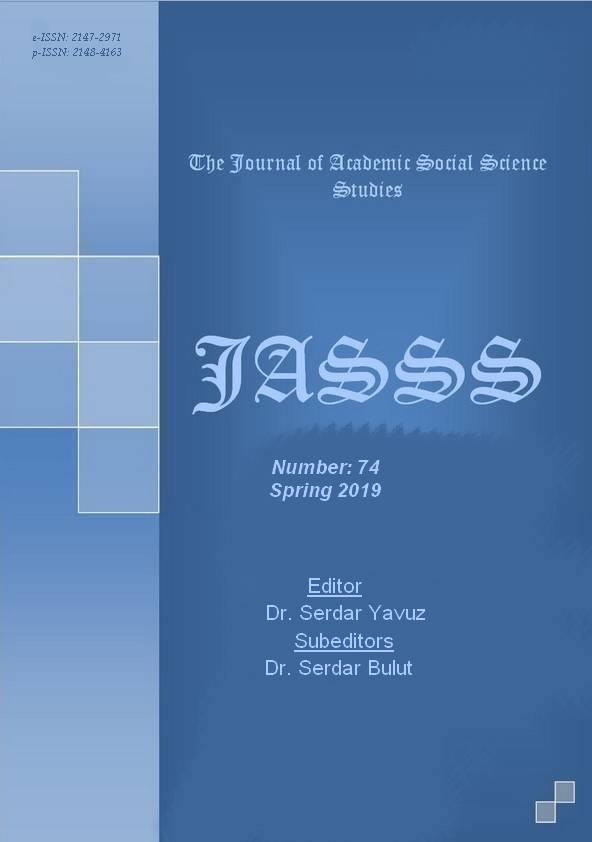Author :
Abstract
Thomas Mann Alman Edebiyatının en önemli yazarları arasında yer alır. Çalışmada Thomas Mann’ın “Venedik’te Ölüm” adlı eseri mekânsal ve bedensel bir temelde incelenmiştir. Yazarın bu eserinde Gustav von Aschenbach adlı yazarın yeni eser üretmede yaşadığı kısır döngüyü kırmak için Venedik’e yaptığı seyahat anlatılır. Aschenbach’ın Venedik’te karşılaştığı Tadzio adındaki genç, sanatçının ruhunda farklı bir etki yaratır. Eserde iki kavram ön plana çıkar: Mekân ve Beden. Venedik tarihsel ve coğrafi arka planı ile eserde sanatçının sonunu hazırlayan önemli bir mekân konumundadır. Sanatçı Aschenbach tarafından biçimin tanrısal bir yansıması olarak tasvir edilen Tadzio’nun bedeni ise Aschenbach’ı şehirde tutar. Venedik’te yayılan Hint kolerasına rağmen Aschenbach şehri terk etmez ve eserin sonunda orada hayatını kaybeder. Bu çalışmada Mann’ın adı geçen eseri Foucault’nun Heterotopya ve Ütopik Beden çalışmaları bağlamında incelenmiştir. Bu çalışmalar bağlamında eserde şehir hakkında yapılan tasvirler ve yaşanan salgın düşünüldüğünde Venedik’in bir heterotopyaya dönüştüğü sonucuna varılmıştır. Aschenbach’ın ve çok sayıda insanın ölümüne yol açan kolera Venedik şehrini bir mezarlık heterotopyasına çevirir. Bir heykel kusursuzluğunda tasvir edilen Tadzio’nun bedeni ise ütopik beden olarak kendini gösterir. Eserin sonunda Aschenbach kendi bedenini farklı uygulamalarla ütopikleştirmeye çalışır ancak bu konuda başarılı olamaz. Sonuç olarak hem mekânın hem de bedenin eserde Aschenbach’ın sanatı ve sonu için önemli bir etkiye sahip olduğu görülür.
Keywords
Abstract
Thomas Mann is one of the most important writers of German literature. In this study, Thomas Mann's work “Death in Venice” is examined on a spatial and corporal basis. In his work “Death in Venice”, Thomas Mann describes Gustav von Aschenbach's travel to Venice to break the vicious circle of producing a new work. Tadzio whom Aschenbach meets in Venice, makes a different impact on the artist's soul. Two concepts stand out in the work: Space and Body. Venice is an important place that prepares the end of the artist with its historical and geographical background. The body of Tadzio, described by Aschenbach as a divine reflection of form, keeps Aschenbach in the city. In spite of the Indian cholera spread in Venice, Aschenbach does not leave the city and eventually loses his life there. In this study, Mann's Work has been examined in the context of Heterotopia and Utopian Body work of Foucault. In the light of the theoretical basis of these studies, it has been concluded that the depictions and the epidemics have transformed Venice into a heterotopy. Cholera, which leads to the death of Aschenbach and many people, turns the city of Venice into a cemetery heterotopy. The body of Tadzio, depicted in the perfection of a sculpture, manifests itself as the Utopian Body. At the end of the work Aschenbach tries to utopianize his own body with different applications, but he cannot be successful in this regard. As a result, it is seen that both the space and the body have a significant influence on the art and the end of Aschenbach.





